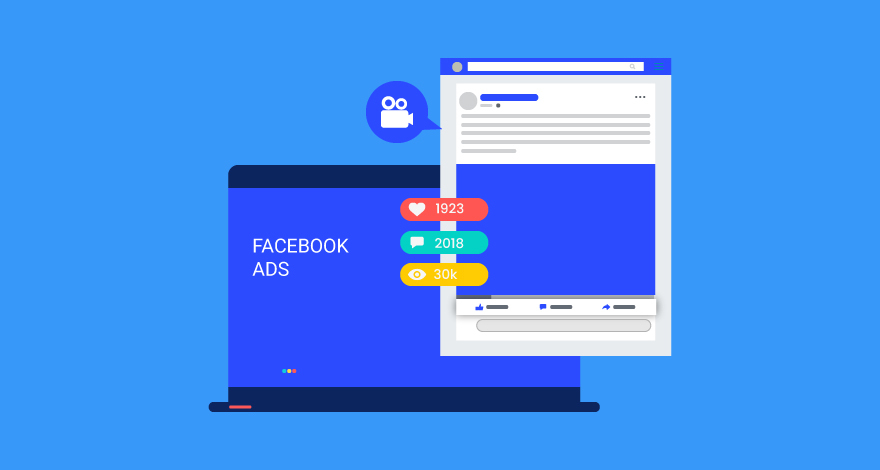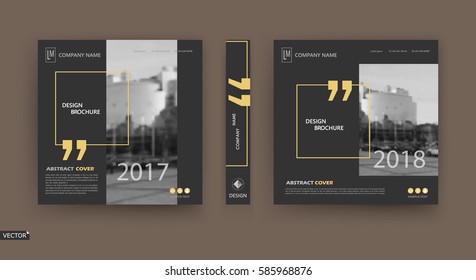
An Ad Word Planner is the best way to maximize Adwords' power. This tool will help you track your keywords and their performance forecast. You can also add keywords to your plan to see their performance. Once you have made an Ad Word Plan, your marketing efforts can be targeted by it. These are just a few of the many useful features that Adwords offers. These are the most popular Adwords Planner features.
Keyword research tool
With the Ad Word Planner keyword researcher tool, there are many keywords that you can target. This tool is a great way to get started to find out more about what keywords you should be targeting. This tool allows to enter your website and keyword into the keyword field. The tool then searches the web for keywords that can be related to the website. This will help you create content that is highly relevant to the search term.

Search volume data
Analyzing the Ad Word Planner data can help you measure the success of your campaigns. These tools are available for free and can also be combined with other marketing and SEO tools. Moz Keyword Explorer, a fantastic tool for keyword research, is an excellent choice. This tool provides data on monthly search volumes as well as 12-month averages. This tool is built on Google Ads API Data and has many calibration systems to ensure that its numbers are accurate.
Forecast
Ad word planners are useful for setting a budget and deciding whether to spend money on certain keywords or ads groups. Ad word planner forecasts include information about clicks, average CPC, cost per day, and more. The forecast can also be improved by adding custom conversion metrics. This information is especially useful during holidays. If you want to ensure that you don't spend too much, check out the Adwords forecast.
Grouped keyword view
Ad Word Planner's group keyword view lets you quickly look at multiple keywords in a campaign. It can help narrow down your options and help you decide which keywords should be added to your keyword list. You can also view suggestions for keywords by location or platform. After selecting a few keywords that you wish to test out, it is possible to add them to a tentative campaign or to an existing campaign. This section is helpful for evaluating the effectiveness a keyword group.

Exclusion of keywords that you're already bidding on in AdWords
It is important to know how you distribute your budget if you are a non-profit organization that has multiple AdWords account. The maximum CPC price that an account can spend per keyword can be set to limit their spending. By learning how to identify duplicate keywords, you can avoid internal keyword competition. Google AdWords Editor can help you find duplicate keywords.
FAQ
What is the cost of advertising on social media?
If you decide to go this route, you should know that social media advertising is not free. Based on the time spent on each platform, you will be charged monthly.
Facebook - $0.10 per 1,000 impressions
Twitter - $0.20/1000 impressions (if applicable)
Send out invitations on Linkedin for $0.30 per 1000 impressions
Instagram - $0.50/1000 impressions
Snapchat - $0.60 for 1,000 impressions ($0.40 Per User)
YouTube - $0.25 for 1,000 views
Tumblr - $0.15 per 1,000 impressions for text posts.
Pinterest - $0.05 per 1,000 impressions per month
Google + $0.15-$0.20 Per 1 Million Impressions
Tumblr – $0.15 - $0.20 per 100,000 impressions
Vimeo – $0.20- $0.25 Per 10,000 Impressions
Soundcloud - $0.20-$0.25 per 1 million plays
StumbleUpon - $0.20 -$0.25 per 1 billion pageviews
Digg – $0.20 - 0.25 per 1000 diggs
Reddit - $0.20 - $0.0.25 per 1000 Comments
Wordpress $0.20-$0.25 per 500 Comments
Flickr - $0.20 -- $0.25 per 5,000 photo uploads
Radio advertising: What are your options?
You should understand how the different types of media affect each other. Remember that media can complement each other and are not necessarily competitive.
Radio is best utilized as an extension to TV advertising. It can reinforce key messages and provide additional information.
TV commercials are often too long for radio listeners. Radio ads are usually shorter and less expensive.
What do you need to know about television advertising?
Television advertising is a powerful medium to reach many people at one time. It was also very costly. However, it can be powerful if you use the device correctly.
Although there are many kinds of TV ads to choose from, all share the same characteristics. Planning any TV ad should start with ensuring it fits in its category. Do not attempt to run a lifestyle advertisement as a product advert. Your message must be consistent throughout the campaign.
A second important thing to keep in mind is that prime-time hours is the best time to air ads. This is because many viewers are able to relax in front of the TV while watching. They should be able to concentrate on what you are saying.
You don't have to be rich to achieve great results. In fact, the opposite may be true. A University of California study found that commercials broadcast during popular shows had a lower chance of selling products than those broadcast during less-popular shows. It is important to do the right thing if your TV advertising budget is large.
What is branding?
Branding is how you convey who you really are and what you believe in. It is how you make people recall you when they hear you name.
Branding is about creating a unique identity that distinguishes your company. A brand is more than just a logo. It includes everything from your physical appearance and the voice of employees.
Because customers know exactly what they are getting, strong brands help them feel confident in purchasing from you. And it gives them confidence in choosing your products over those of competitors.
Apple is an example of a well-branded business. Apple's brand is well-known for its stylish design, high-quality products and outstanding customer support.
Apple's name has become synonymous for technology. Apple is the brand people think of whenever they see a smartphone or computer.
When you consider starting a business, it's important to develop a brand. This will give your company a face and personality.
Advertising: What is it?
Advertising is an art. Advertising is not about selling products. It's about building emotional bonds between brands and people.
Advertising is about communicating ideas through images and stories.
Communication must be clear and persuasive. And you need to tell a story that resonates with your target market.
This makes advertising different from other forms of communication, such as public speaking, writing, or presentations.
When you create a winning ad campaign, it is creating your brand identity.
This is how to be remembered. You are someone people remember.
What is an advert buyer?
Advertising space is purchased by an advertiser on TV, radio and printed media.
Advertisers pay for the time their message appears.
They don't necessarily seek the best ad; they want to reach their target markets with the most effective ad.
Advertisers may have demographic information such as the age, gender, marital status, income level, occupation, hobbies, and interests of their customers.
These data can be used to help advertisers decide the most effective medium. Direct mail might be more effective with older customers, for example.
Advertisers also consider the competition. Advertisers will look at the competition to see if similar businesses are nearby.
Advertisers should also consider how much money they have available and how long it takes to use it.
How can I select my target audience?
Start with yourself and those close to you. You might be unsure where to begin. Ask yourself: "Whom am I trying to reach?"
Ask yourself the following questions: Who are my industry's most influential people? What are their biggest challenges? Who are the smartest people in my industry? You can find them online.
Start at the beginning of your business. What motivated you to start your business? How did you solve the problem?
These answers will help you identify who your ideal clients are. They will also reveal their personality and reasons for buying from them.
You can also look at your competitors' websites and social media pages to find clues about whom they cater to.
Once you've identified your target customers, you'll need to decide which channel(s) to use to reach them. If your company offers services to real estate agents you might make a website that targets home buyers.
A blog that targets small-business owners could be a possibility if you are a software provider.
A Facebook page could be created for clothing sellers. Or if you're a restaurant owner, you could set up a Twitter account for parents looking for kid-friendly places to eat.
This is the point: There are many ways to communicate your message.
Statistics
- Google will display whichever ad type (CPM or CPC) is expected to earn more revenue for the publisher, which is in Google's best interest since they take a 32% share of the revenue. (quicksprout.com)
- It collects money from the advertisers, keeps 32% for its role in facilitating the process, and the remaining 68% goes to the publisher (you). (quicksprout.com)
- Advertising spending as a share of GDP was about 2.9 percent. (en.wikipedia.org)
- Worldwide spending on advertising in 2015 amounted to an estimated US$529.43 billion. (en.wikipedia.org)
External Links
How To
How to create sponsored ads on Facebook
Facebook is one of most-used social networking sites. The global population is 1.79 billion. It keeps growing each day.
Facebook is free, but you have to pay if you want to reach your audience directly. You can also opt for paid advertising options such banners or promoted posts.
If you already have an application registered, log into your existing app. Click "Create New App" if you don't have an app already registered. Next, follow these steps.
-
Under the Apps section, click "Add Platform".
-
Select "Advertising," then click Continue.
-
Please fill out this form and send it back.
-
After approval you will receive a ClientID and Secret key. These keys and Client IDs should be copied.
-
Copy the keys and paste them into the fields.
-
Enter the name of your campaign, and then select the currency.
-
Click "Start Campaign"
-
Follow the instructions until your first banner appears. The URL will be copied and you can return to Facebook.
-
Paste the code in the box provided via Facebook
-
Click on "Save Changes"
-
Your ad must now be live
-
You can repeat steps 10 through 12 for every additional banner you create.
-
When finished, click "Continue" and proceed with the rest of the process.
-
Create your final ad group.
-
Once you're done, click on "View All Ads", to view all of your campaigns.
-
Click "Remove ads" next to each ad to remove it.
-
If you are not seeing results after running your campaign check that you have followed the directions.
-
Check the date range you have chosen for your campaign.
-
Make sure you set your budget appropriately.
-
Save your changes.
-
Before clicking "Submit", review the settings of your campaign.
-
Allow your ads to appear on the timeline.
-
Congratulation on a job well accomplished!
-
Let's now look at some tips to improve your results.